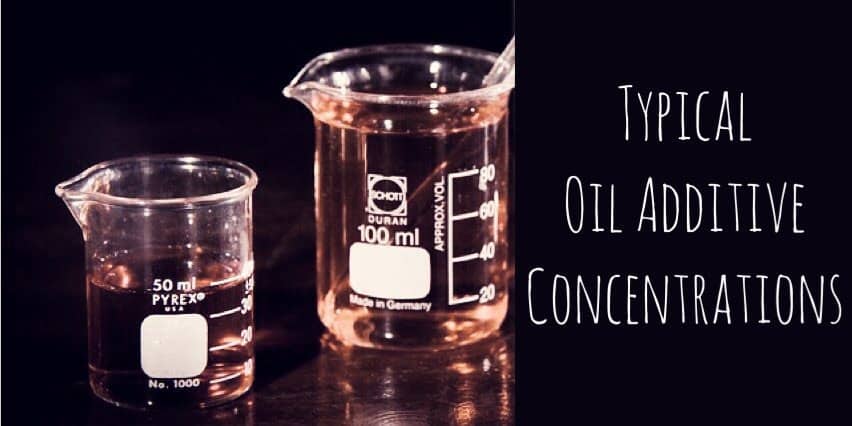The below list is a general guide for additive concentrations in lubricating oils. This list is not definitive and with the recent emergence of Nano-technology and ashless additives that are not metal based the variation between different additive packages formulations will change greatly. The best way to confirm the additive element concentration for your lubricating oil is to send an unused sample for reference to the lab, or contact your lubricant supplier for details. Additive concentrations measured using ICP analysis – picture to left.
Engines (and ATFs):
-
- Calcium / Magnesium – Total ~500 to 5000ppm (Can be ~0 in some new very low ash oils)
-
- Phosphorus and Zinc (ZDDP) – 200 to 2000ppm (can be lower in some ashless oils, or just Phosphorus and <20ppm of Zinc in Zinc free oils)
-
- Silicon – ~5 to 25ppm
[sociallocker id=”1279″]
-
- Molybdenum – 50ppm to 250ppm – only in some oils – see reference oil
Cylinder Oils
- Calcium 18000 to 25000 (possibly with some Magnesium)
- Phosphorus and Zinc (ZDDP) ~10 to 20ppm
Gears
-
- Phosphorus only – 200 to 2000ppm.
Hydraulic
-
- Phosphorus and Zinc (ZDDP) – 100 to 1000 ppm
-
- Engine oil formulations on multi-compartment oils.
Compressors
-
- Phosphorus and Zinc (ZDDP) – 5 to 40 ppm
Engine Coolants
-
- Sodium / Potassium – Approx. 4000 to 9000ppm if 100% concentrate.
-
- Trace to moderate presence of Silicon, Boron, Phosphorus or Molybdenum dependant on formulation type
Turbine (Gas / Steam)
-
- Mineral oil or group 4 synthetics products typically no metal based additives.
-
- May occasionally have hydraulic additive package.
-
- Fire resistant fluids will have phosphorus >2000ppm (typically 9%).





